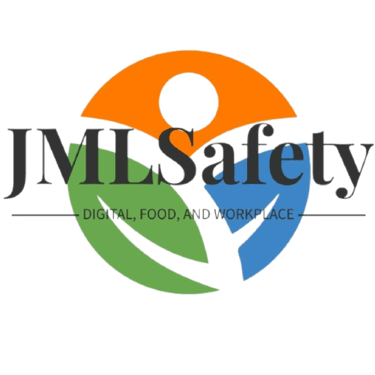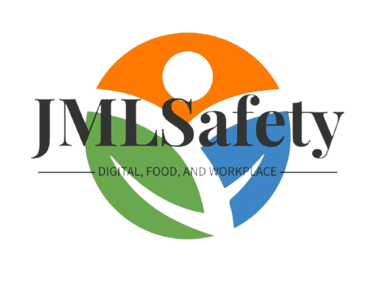Slips, Trips, and Falls: Preventing Common Workplace Accidents


Understanding the Risks
Slips, trips, and falls can lead to serious injuries, including fractures, sprains, and head trauma. The National Safety Council reports that falls are the second leading cause of unintentional injury deaths in the U.S. (National Safety Council, 2021). Understanding the contributing factors can help organizations implement effective safety measures.
Common Causes:
Slips: Often caused by a loss of traction between footwear and the walking surface. Common culprits include:
Wet or icy surfaces
Spills (e.g., oil, water, chemicals)
Loose rugs or mats
Improper footwear
Trips: Occur when a person catches their foot on an object, causing them to lose balance. Common causes include:
Cluttered walkways
Uneven flooring or surfaces
Cords or cables running across walkways
Poor lighting that obscures obstacles
Falls: Can result from slips or trips, as well as other factors such as:
Working at heights without proper safety measures
Improper use of ladders or scaffolding
Fatigue or distraction leading to a lack of attention to surroundings
Key Safety Solutions:
Regular Hazard Assessments: Conduct frequent assessments of the workplace to identify potential slip, trip, and fall hazards. Engage employees in the process to gather valuable insights about specific risks they encounter.
Maintain Clean and Organized Workspaces: Implement good housekeeping practices to keep walkways clear of clutter and debris. Regularly inspect areas for spills or hazards, and promptly clean any hazards to prevent accidents.
Proper Lighting: Ensure that all work areas, hallways, and stairwells are well-lit. Install additional lighting where necessary to eliminate dark spots that can hide potential hazards.
Use of Anti-Slip Flooring: Consider installing anti-slip flooring materials in high-traffic areas, especially where spills are likely to occur, such as kitchens or production areas.
Employee Training: Provide comprehensive training on slip, trip, and fall prevention. This training should include:
Recognizing hazards in the workplace
Proper lifting techniques to avoid trips
Safe ladder use practices
Importance of wearing appropriate footwear
Signage and Communication: Use clear signage to indicate wet floors or other hazards. Communicate regularly with employees about potential risks and safety practices to keep them vigilant.
Equipment Maintenance: Regularly inspect and maintain all equipment, such as ladders and scaffolding, to ensure they meet safety standards. Provide training on safe usage and the importance of reporting damaged equipment.
Encourage Reporting of Hazards: Establish a system for employees to report slip, trip, and fall hazards. Encourage a culture where safety concerns are addressed promptly and effectively.
Preventing slips, trips, and falls requires a proactive approach that includes regular assessments, employee training, and a commitment to maintaining a safe work environment. By implementing robust safety solutions, organizations can significantly reduce the risk of accidents and injuries. At JML Safety, we are dedicated to providing the training and resources necessary to create a culture of safety and well-being in the workplace.
References:
National Safety Council. (2021). "Injury Facts 2021 Edition." National Safety Council.


